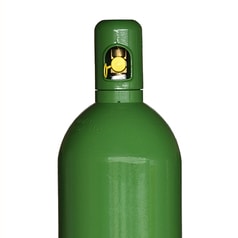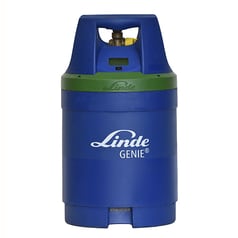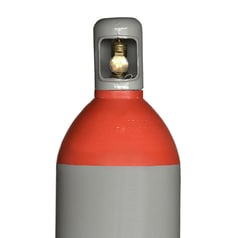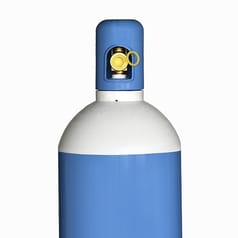Pour bénéficier d’un affichage optimal de la boutique en ligne de PanGas, vous avez besoin pour le navigateur de la version minimale suivante:
• Internet Explorer 9.0
• Mozilla Firefox 38
• Safari 8
• Chrome 45
Veuillez vous assurer que JavaScript est activé dans les paramètres de votre navigateur.
Brazing
Brazing in general is a thermal process for joining materials in a material-to-material contact
Joining and coating of materials, in which a liquid phase is created by melting a solder or by diffusion at the boundary surfaces. The melting temperature of the base materials is not reached. This characteristic distinguishes brazing from welding processes, in which the base material is always also melted.
Brazing with a flame, i.e. flame brazing, is one of several possible methods of introducing the heat required to melt the brazing alloy. The heat source is a fuel gas-oxygen or fuel gas-air flame. For perfect soldering, wetting of the base material is an essential condition. For this purpose, the soldering surfaces must be metallically clear and heated together with the solder to at least the operating temperature. In addition, at least one component of the solder alloy must be able to form an alloy with the base material. Alloy formation at the surface occurs on a microscopic scale. The resulting diffusion zone is practically undetectable under the light microscope.
Solder
Solder is pure metal or alloy; it is usually available as wire or rod, but also as sheet, granulate or powder. A distinction is made between soft solder with a melting temperature below 450°C and hard solder with a melting temperature above 450°C. For this reason, soldering at an operating temperature lower than 450 °C is called soft soldering and soldering at an operating temperature higher than 450 °C is called hard soldering. It is recommended that the indicated working temperatures are adhered to, because exceeding the temperature can lead to oxide saturation of the flux, evaporation of individual solder components and loss of strength of the base material.
Soft soldering
Soft soldering with a flame is usually performed with a fuel gas-air flame. Injection burners or burners in which the air is drawn in and mixed according to the Bunsen principle are used, as well as burners used to heat a soldering iron. Fluxing agents for soft soldering are acids or substances that split off acids, e.g., solder water, salmiac, solder grease, and organic substances, e.g., rosin. They are available as aqueous solutions, as a paste, in powder form or in solid form (salmiac stone).
They may also be included as flux cores in the soft solder. Soft solder joints are usually lead-tin solder, with or without antimony, lead-tin solder with the addition of copper, silver or phosphorus, as well as special solder joints of various compositions of lead, tin, cadmium and silver. Soft soldering is used when hard soldering is not possible for temperature reasons. The strength of a soft solder is always lower than that of a hard solder.
Hard soldering
Torches are generally used for brazing with a flame; welding inserts are very often used as welding inserts because they enable large surfaces to be heated with a soft flame. The fluxes used for brazing contain boron compounds, single and complex chlorides and fluorides, phosphates, silicates and similar substances. They are available as a paste, in powder form, in liquid form or as a paste or powder flux solder mixture. They also exist as flux coatings or flux cores around or in brazing rods. Flux residues should always be removed by washing or pickling after brazing.
The strength of brazed joints can reach or even exceed the strength of the base materials, if the construction is suitable. In brazing construction, overlaps are usually chosen to provide the largest possible bond area for the brazing alloy. Pure butt joints should be avoided. Pipes are brazed with sleeves, T-joints on pipes with properly prepared (notched) pipes.
SOLDEERFLEX-ACS®
This new automatic control system monitors both the residual oxygen content of the atmosphere directly at the PCB and analyzes the incoming gas. The results of the atmosphere analysis are used to separately control the gas flow in the various segments of the soldering system or above the solder bath in wave soldering machines.
SOLDERFLEX-ACS® - Advantages
- No oxidation of PCB, components, solder and fluxes
- Minimal need for low solids fluxes
- Increased wetting
- No contamination by flux residues
- Reproducible conditions
- No discoloration
- High productivity
- Reduction of soldering defects
- Saving of shielding gas
- No post cleaning
- Environmentally harmful washing processes are eliminated
- Less cleaning required for wave soldering systems






